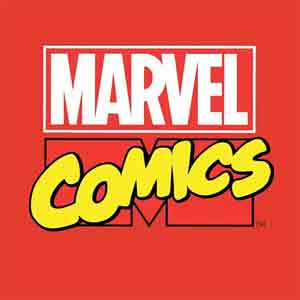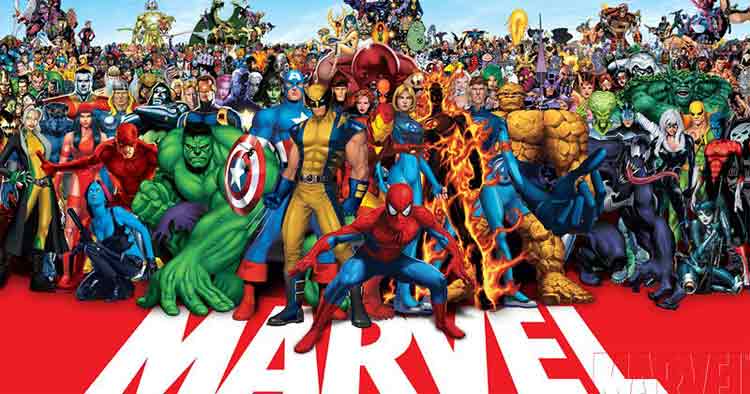As the 1970s arrived Marvel Comics found itself heading in a new direction. Younger artists and writers came on board and the company began to experiment with virtually any comic book concept that the new talent could come up with.
Roy Thomas, Writer, Assistant Editor, Historian
When Roy Thomas had come on board at Marvel Comics he assumed the responsibility of tracking and cataloging the continuity of its characters. If a writer had a question about where a character had been at a particular point Thomas was the man to go to. This meticulous attention to detail became the hallmark or Marvel’s style of comic books and Thomas oversaw it all, click here for more info.
Thomas became an unofficial Assistant Editor and made sure that all of the experimenting and chaotic new writing maintained itself within the overall continuity of Marvel Comics. Nowhere was that more apparent than in 1971s massive Avengers story “The Kree-Skrull War”.
For nearly a year, the Avengers, already a mega-team composed of heroes from several separate Marvel books, engaged in a massive storyline that incorporated characters and elements from all over the Marvel Universe. From Captain Marvel to the Fantastic Four’s enemies the Skrulls back to the golden age heroes, “The Kree-Skrull War”, more than anything before it showed that everything ever published by Marvel was part of a grand and ongoing story.

The Rise of the Barbarian
One of Marvel’s most daring risks in the ‘70s was to pay to license the character Conan the Barbarian. Letters had been coming in occasionally suggesting that the Robert E. Howard character would be perfect for comic books. Roy Thomas got behind the idea and in October of 1970 Conan found himself in his very own Marvel mag.
The series was a hit. Thomas provided the grand and sweeping stories for the magazine, and a new artist at Marvel was chosen to do the art. Barry Winsor-Smith, a 21 year-old British artist, brought a style of art to Conan that was unlike anything seen before in comics. His intricately detailed art lent a feeling of timelessness and majesty to Conan. Fans couldn’t get enough and the series spawned two other Howard character spinoffs, Red Sonja and Kull the Conqueror.
Spidey Breaks the Comics Code
The Department of Health, Education and Welfare contacted Stan Lee about doing an anti-drug storyline in one of Marvel’s books. Stan felt it was a good way to reach the masses and warn kids about the dangers of drug addiction and so he agreed to do a three issue tale in The Amazing Spider-Man. Unfortunately the “Comics Code” (a series of self-imposed regulations comic publishers adhered to) prohibited the mention of drugs in comic books.
Stan Lee made the decision that the books message was too important to censor and for the first time a Marvel Comics book was published without the approval of the “Comics Code”. The story received widespread critical acclaim and the “Comics Code” was changed to allow the negative depiction of drug use.
Goodman Gets One Over On DC

Inflation had made it necessary for comic book prices to rise once again, but the slump had shown that simply increasing the price could be a serious problem, Martin Goodman found a solution. Marvel decided to raise the price on its books from 15¢ to 25¢, a drastic jump, but at the same time they increased the page count from 36 to 52. DC Comics caught wind of the coming changes and did the same simultaneously.
That’s where Goodman tricked them. The very next month, Marvel books returned to 36 pages but their cost went down to 20¢, still 5¢ more than they had been but 5¢ less than DC books. The result was DC sales dropping, during the year that they bullishly held on to their 52 page books, and Marvel becoming the undisputed leader in comic books, with sales far in excess of DC.
Stan Steps Up
In 1972 Stan Lee took the position of Publisher for Marvel Comics. The new job meant that Stan would no longer be the head writer for Marvel, nor would he be the editor. Roy Thomas was tapped as his replacement. Lee wrote in his column “Stan’s Soapbox” that it was time for a new generation of writers to take Marvel into the future. He spent the next couple of years doing the college lecture circuit and in 1972 he was appointed President of Marvel Comics as well.
